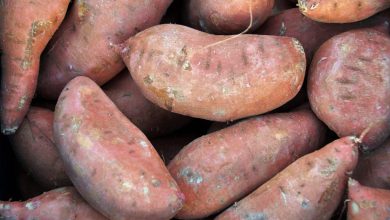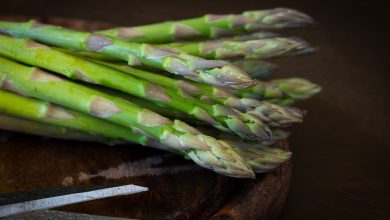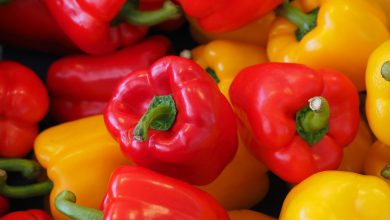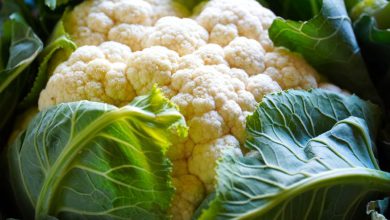Can Bearded Dragons Eat Parsley?
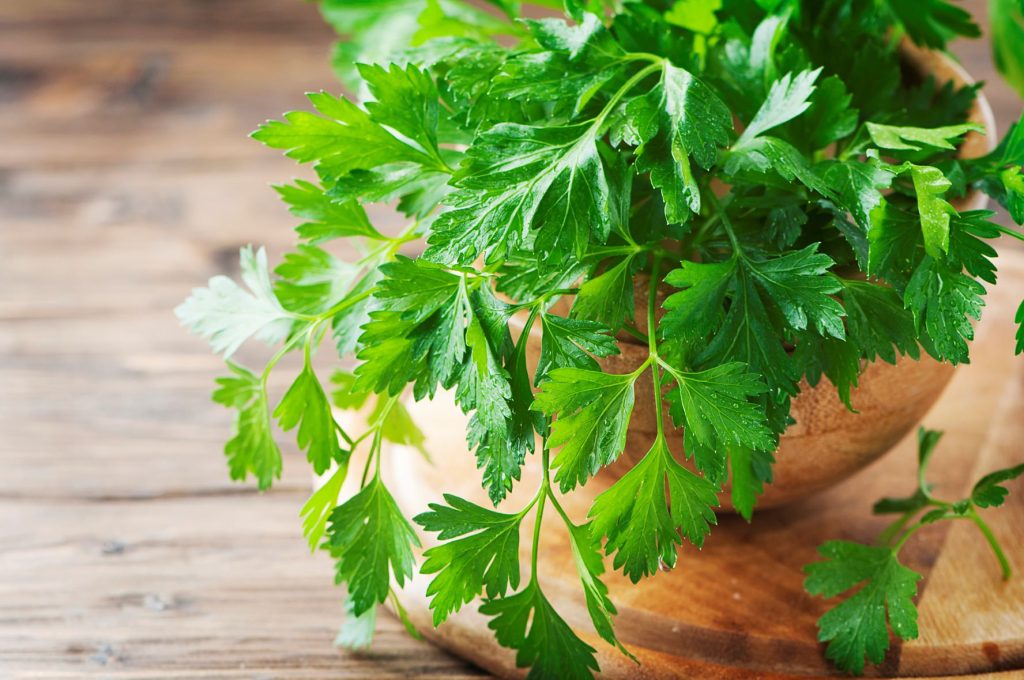
Parsley is a hardy, easily-grown herb that remains green and tasty all winter long. It makes a great source of green leaves even on the coldest winter day, or can be bought fresh from most decent supermarkets. But can bearded dragons eat it?
The quick answer is: yes, bearded dragons can eat parsley.
Indeed, the nutritional breakdown of parsley is really quite impressive, as you’re about to find out in this article. While many of us see parsley as just a herb to eat in small amounts, finely chopped in a recipe, bearded dragons will happily consume larger volumes, eating it more like lettuce or kale than some minor afterthought sprinkled onto new potatoes.
How Often to Feed Parsley To a Bearded Dragon

Parsley can be fed as a regular part of your bearded dragon’s diet. Unlike some other foodstuffs, which should be fed sparingly and in moderation, parsley is overall a much healthier and more balanced food.
Parsley may be fed daily if you are so inclined, though of course it should only be fed as part of a wider, more varied diet. Combine it with other fruits and vegetables, however, and it offers a lot of value to your beardie.
Best of all, it makes great “winter fodder” when many other fresh green leaves have died from the cold long ago. Keeping a pot of parsley on your windowsill, or even keeping a few plants growing outside over winter, can mean a regular supply of fresh, nutritious leaves whenever you need them.
Nutrients Found in Parsley
When discussing nutrition we often talk about “macronutrients” – basically carbohydrates, protein and fat. Many foods are very high in sugars, which means they should be fed in moderation. Most fruits are a good example of this. Too much sugar in the diet can lead to weight gain and all the potential health problems associated with this.
As you’d likely guess, green leaves like parsley tend to be lower in sugar or carbohydrates than sweeter foods. This is reasonably obvious: they just don’t taste as sweet.
Parsley is the same: it has reasonably low levels of calories in it, making it a very healthy food. More interestingly, what it loses in carbohydrates, it actually makes up for in protein. That’s right – almost 30% of the calories contained in parsley comes from protein.
We all need protein in our diets, but it’s particularly beneficial for rapidly-growing animals. Parsley is a healthy food at any time of life for bearded dragons, but due to this protein content, is particularly beneficial for younger beardies. It provides the building blocks your lizard needs to grow into a healthy, good-sized adult dragon.
However low calories and high protein are just the start of what parsley offers your bearded dragon.
Next, it’s a rich source of various vitamins. For example, parsley is known to be a good provider of folic acid. However it’s the mineral content that really helps parsley to stand out.
It contains high levels of vitamin K, for example. Vitamin K can be thought of as a “signpost” for calcium. It helps to “direct” dietary calcium into the bones, ensuring a strong, healthy skeleton. This is something you just don’t mind in appreciable levels in so many other foods.
Then there’s the calcium itself: parsley contains relatively high levels of calcium.
Iron, too, is well represented, and plays an important role in the creation and maintenance of healthy blood cells.
Lastly, parsley contains relatively high levels of lutein. Lutein is a pigment crucial to healthy vision. It has been suggested that declining lutein levels in humans is one of the reasons why older people tend to lose visual acuity over time. So high lutein foods like parsley may help to maintain suitable levels in the body and support healthy sight.
As you can see, while parsley at first doesn’t sound like a particularly exciting food for bearded dragons, on closer inspection it’s absolutely packed with nutrients, many of which are in short supply in more traditional beardie fodder.
Oxalic Acid Levels in Parsley
Oxalic acid – sometimes simply referred to as “oxalates” can prevent your bearded dragon from absorbing calcium from their diet. To put it simplistically, high oxalic acid levels are best avoided in your bearded dragon’s diet.
While high oxalate foods aren’t necessarily a total no-no, they should only be fed in moderation, with lower oxalic acid foods and high calcium foods being added to the mix to even up the balance.
Once again, parsley performs well when it comes to oxalic acid. While it certainly doesn’t have the lowest levels, oxalic acid levels in parsley are considered “moderate”. Not the best, not the worst.
In summary, the oxalate levels found in parsley are reasonable enough that this foodstuff can be a regular part of your beardie’s diet.
Calcium:Phosphorus Ratios in Parsley
Studies on reptile nutrition suggest that the ratio of calcium to phosphorus in foodstuffs is an important consideration. In an ideal world, a bearded dragon’s diet will be formulated to provide twice as much calcium as there is phosphorus. This is often called a 2:1 (2-to-1) ratio.
Parsley has a calcium:phosphorus ratio of 2.4:1.
This is a really good ratio, and one that far eclipses many other popular bearded dragon foodstuffs.
Let’s give you a few examples to compare this with. Carrots have a ratio of 1:1, while apples have an even worse ratio of 0.7:1. Compare this with the generous ratio found in parsley.
The trust is that not only is the calcium:phosphorus ratio in parsley very healthy indeed, but it can also help to “offset” the nutritional deficiencies of some other foodstuffs, naturally increasing the calcium intake of your lizard.
Reasons Not to Feed Parsley To Your Bearded Dragon
I like to try and be balanced in these articles. I want to try and give you both the good and bad, so you can make informed decisions about what to feed your bearded dragon. So this is normally the part where I give you the downsides.
Truth be told, though, there really aren’t many obvious reasons why you might not want to feed parsley to your beardie. As mentioned, the oxalic acid content isn’t the lowest around (that prize would go to foods like cabbage, cauliflower or broccoli) but it’s still reasonable.
All-told, parsley is a great food for bearded dragons with no major issues at all nutritionally. It is for this reason that we’ve mentioned earlier on that it can be fed regularly as a staple part of your bearded dragon’s diet.
How to Prepare Parsley for Your Bearded Dragon
Parsley requires no special treatment. It is best fed raw (not cooked). Both flat-leaved and curly-leaves varieties are acceptable. Simply take the fresh leaves, and rinse them thoroughly under a tap to remove any pesticide residues. Then roughly chop it, and pop it into a bowl with other foodstuffs. Stems can be fed if soft and pliable, though anything too woody is best disposed of.
